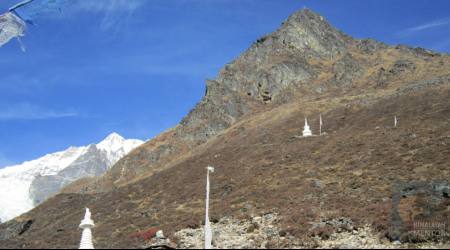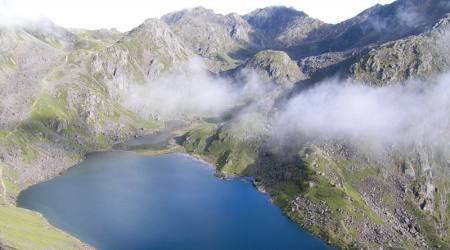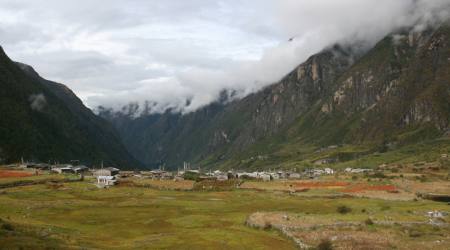-
Email us at
-
Call us now +977 98511 37429
Langtang Trekking
Langtang Trekking takes place in the region near Kathmandu. The trekking is popular as it is easier and can be done in at least seven days to a month.
Langtang trekking route extends from Syaphrubesi in Rasuwa to the Tibetan border in the north. The trekking finds adventures around Langtang mountain range, Langtang Lirung (7,234 metres or 23,734 feet) being the centre.
The viewpoint at Kyanjin Ri (4,773 metres or 15,659 feet) and Tserko Ri (4,984 metres 16,351 feet) offer magnificent sunrise and sunset view which you may find a little challenging to ascend.
Langtang National Park and Shivapuri Nagarjun National Park comprise the areas of Langtang Trekking. Apparently, the trekking is naturalistic with the rhododendron forests, bamboos, and enchanting waterfalls, rivers, rivulets. The region is home to red panda, jackal, musk deer, Himalayan black bear, pika, ghooral, rhesus monkey, common langur and snow leopard among other endangered species.
This trek equally proves enthusiastic for birdwatching as tragopan, impeyan, pheasants (kalij) among many others can be spotted in the route.
It is to take note that there are over 108 lakes, waterfalls, streams in the Langtang National Park. The Sacred Gosainkunda Lake, an equally important pilgrimage in both Hinduism and Buddhism locates in the route of this trekking.
The Langtang trekking is equally keen for travellers who are enthusiastic explorers of different cultures and traditions in the hills and mountains. The trekking is nourished by the hospitality of people from different communities such as Tamang, Sherpa and Hyolmo, the descendants of Tibetans as we move farther in the north.
The most sacred pilgrimage sites for Buddhists with ancient monasteries, Buddhist shrines and prayer flags are the picturesque experience offered in this trekking. Mount Fishtail Adventure has designed several packages for trekking in Langtang region. However, we recommend Langtang Valley Trekking for those who want to experience the lifestyle in mountains despite having a short holiday and any prior acclimatisation in higher altitude.
Package(s)

Helambu Cultural Trekking
Duration: 10 Days Grade: ModerateHelambu region, the nearest to Kathmandu Valley is easily accessible, yet it is not crowded. Although Helambu is recognised as…
Details
Langtang-Gosainkunda Trek
Duration: 17 Days Grade: ModerateTrip Information Langtang-Gosainkunda Trek combines the Langtang valley trek with Gosainkunda, an alpine freshwater lake located in Langtang National Park…
Details
Langtang Valley Trekking
Duration: 11 Days Grade: ModerateLangtang Valley trekking is the best choice for those who seek for short and easy trek. The starting point at…
Details
